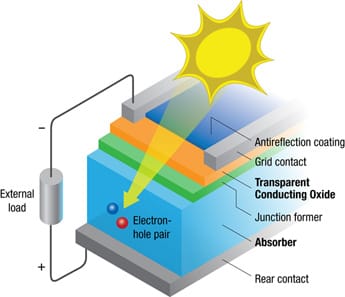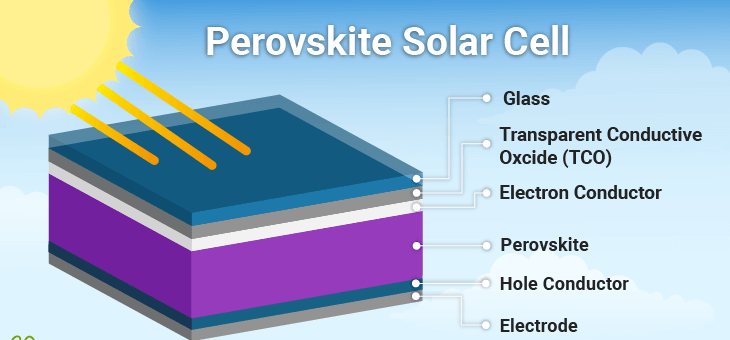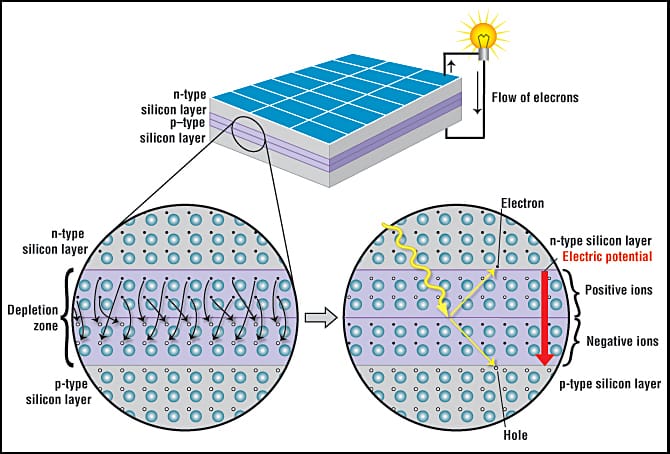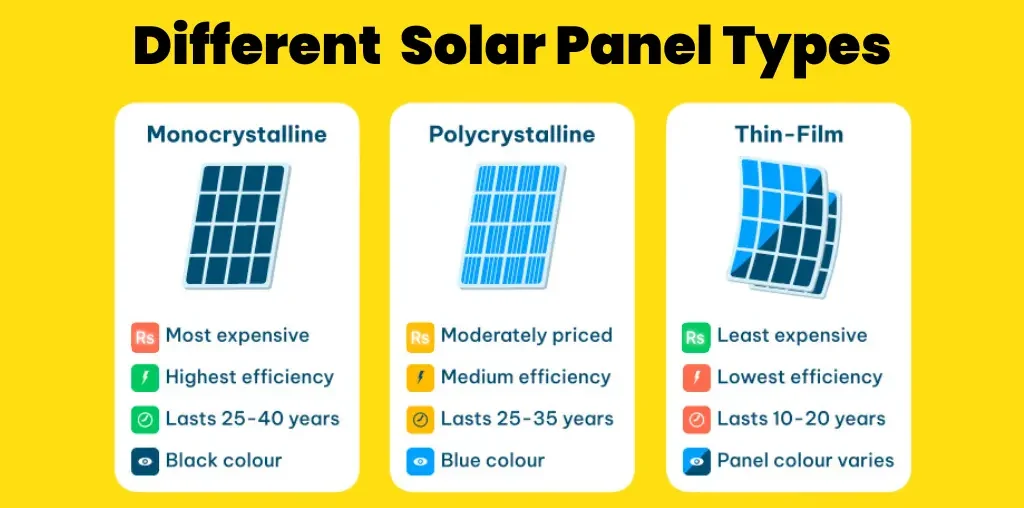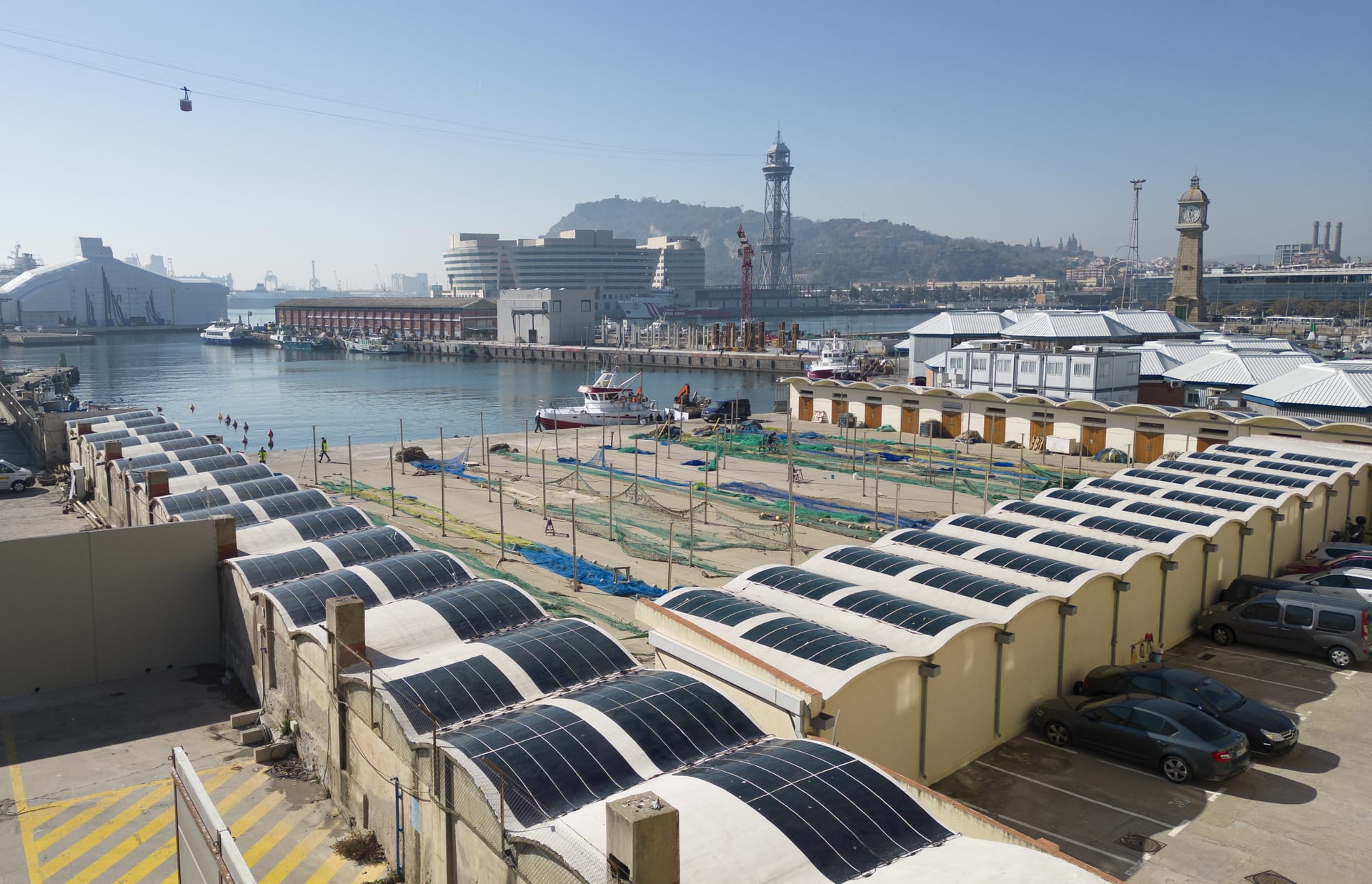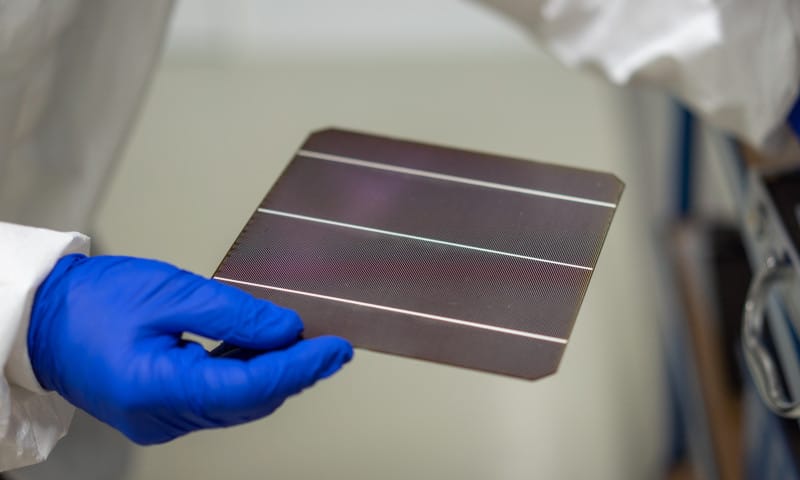Introduction
As the global demand for renewable energy continues to rise, printable solar cells have emerged as a promising technology that combines efficiency with flexibility. These innovative solar cells are revolutionizing the solar energy landscape by offering an alternative to traditional silicon-based cells. This article delves into what printable solar cells are, the technology behind them, their history, advantages and disadvantages, key companies involved, market availability, and future prospects.
What Are Printable Solar Cells?
Printable solar cells are photovoltaic devices made from organic materials that can be printed onto flexible substrates using techniques similar to inkjet printing. This process allows for the creation of lightweight, flexible solar cells that can be integrated into various surfaces, such as windows, walls, and even clothing. Unlike conventional solar panels, which are rigid and often bulky, printable solar cells offer versatility in design and application.
Technology Behind
Printable Solar Cells
The technology primarily involves organic photovoltaics (OPVs), which use organic compounds to absorb sunlight and convert it into electricity. The two main types of printable solar cells are:
- Organic Photovoltaics (OPV):
These cells utilize organic polymers or small organic molecules to capture sunlight.
- Perovskite Solar Cells:
A newer technology that employs perovskite-structured compounds, which have shown great promise in terms of efficiency and cost.
Printing methods, including inkjet and roll-to-roll printing, enable large-scale manufacturing at a lower cost compared to traditional methods. Research has led to advancements in material formulations and processing techniques, enhancing their performance and stability.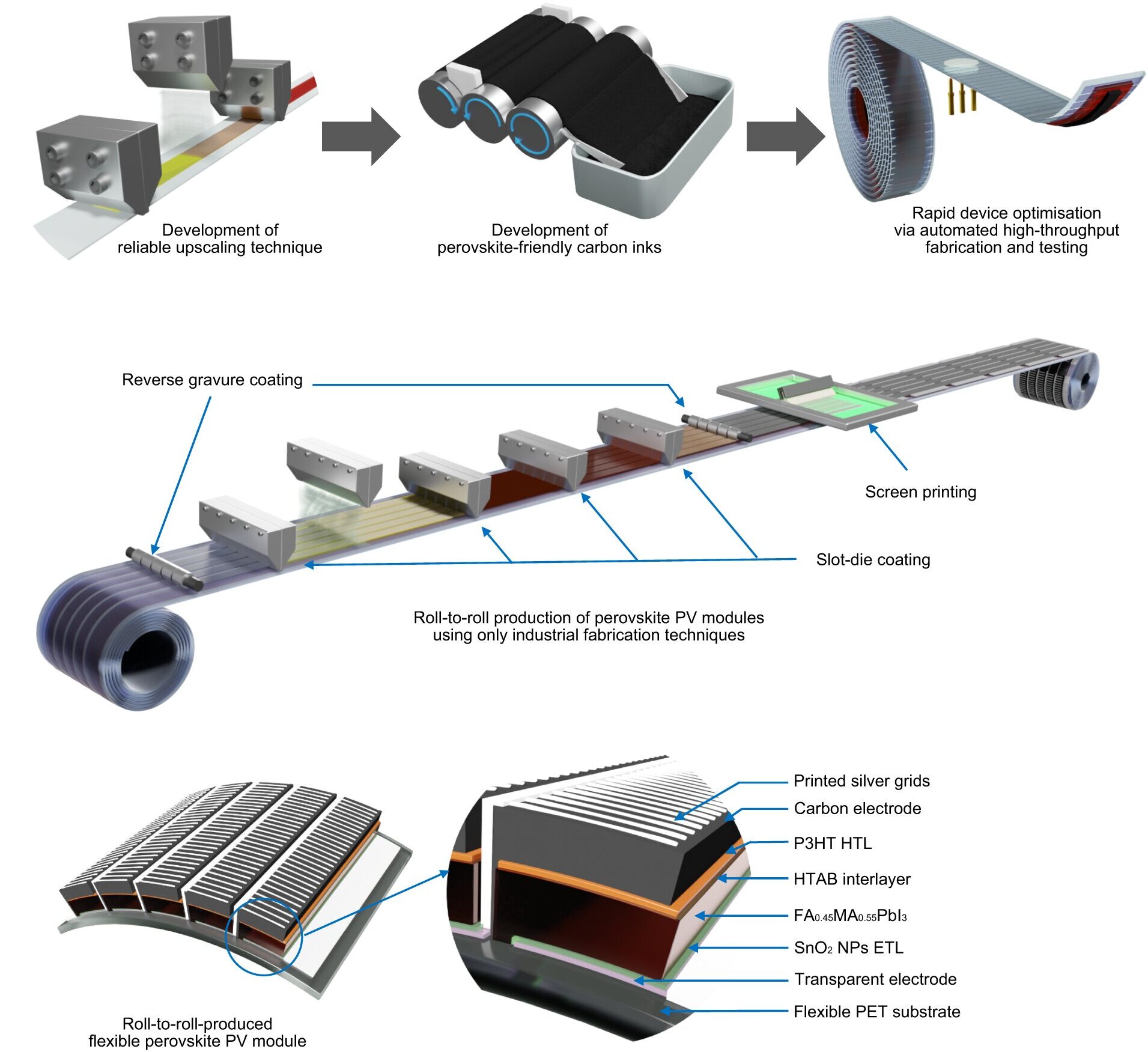
History of Printable Solar Cells
The concept of printable solar cells dates back to the early 2000s, with significant developments occurring over the past two decades. Researchers began exploring organic materials for solar energy conversion due to their potential for low-cost manufacturing and flexibility.

By 2009, the first commercial-grade printable solar cells were developed, although they had limitations in efficiency and longevity. Ongoing research has improved their efficiency, with some organic cells achieving efficiencies of over 15% in laboratory settings.
For more:
https://en.wikipedia.org/wiki/Timeline_of_solar_cells
Advantages of
Printable Solar Cells
- Cost-Effectiveness:
The manufacturing process for printable solar cells is less expensive than traditional silicon solar panels, potentially lowering the cost of solar energy production.
- Flexibility:
Their lightweight and flexible nature allows for integration into various surfaces, enabling innovative applications such as building-integrated photovoltaics (BIPV) and solar fabrics.
- Reduced Environmental Impact:
The production process of printable solar cells generally consumes less energy and fewer hazardous materials than traditional methods, making them more environmentally friendly.
Disadvantages of
Printable Solar Cells
- Lower Efficiency:
Currently, the efficiency of printable solar cells is lower than that of conventional silicon solar cells, typically ranging from 10% to 15%. This limits their competitiveness in certain markets.
- Stability Issues:
Organic materials can degrade faster than silicon, leading to concerns about thelong-term durability and performanceof printable solar cells under varying environmental conditions. - Limited Commercial Availability:
While some printable solar cell products are available, they are not yet widely adopted in mainstream markets.
Companies Involved
Several companies and research institutions are actively working on printable solar cells:
- Heliatek:
A leading developer of organic solar films, Heliatek has created some of the world’s most efficient organic photovoltaic cells and focuses on BIPV applications(building-integrated photovoltaics). - SolarPrint:
This company specializes in developing printable organic solar cells for various applications, including consumer electronics. - Oxford PV:
A prominent player in the perovskite solar cell market, Oxford PV is focused on developing high-efficiency solar cells that combine perovskite and silicon technologies.
Market Availability
While printable solar cells are not yet mainstream, there are emerging products that incorporate this technology. Companies like Heliatek and SolarPrint have released products aimed at niche markets, such as portable solar chargers and building-integrated solutions. The market is still developing, with ongoing research focused on improving efficiency and durability to make these products more competitive.
Future Aspects
The future of printable solar cells is promising, with potential for significant advancements in efficiency and applications. As research continues, improvements in material science and manufacturing techniques could lead to more durable and efficient solar cells.
The demand for flexible, lightweight energy solutions is growing, particularly in sectors like automotive and consumer electronics. As a result, printable solar cells could play a crucial role in integrating renewable energy into everyday products, paving the way for a more sustainable future.
Conclusion
Printable solar cells represent an exciting frontier in renewable energy technology, offering numerous advantages, including cost-effectiveness, flexibility, and a reduced environmental footprint. While challenges remain regarding efficiency and durability, ongoing advancements in research and development promise to enhance their viability in the market. As the world increasingly turns to sustainable energy solutions, printable solar cells are well-positioned to make a significant impact on how we harness solar energy in the future.


